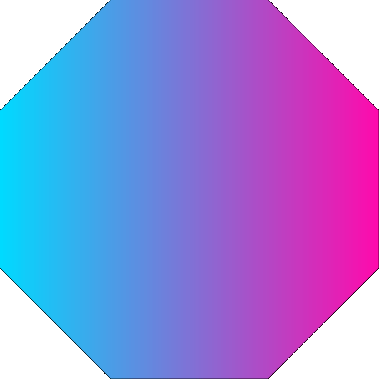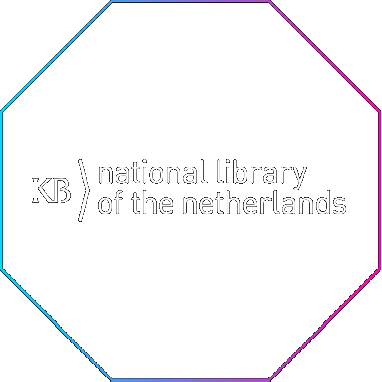Creative Experiments / working with students
Artistic Exhibitions and Interactive Installations
inspired by
Alba Amicorum and digital collections
1.
Start: Basics
Alba Amicorum
- A goal:
Inspire creatives to use our collections - Funding
- Network/partners:
We collaborated with the Royal Academy of Art
Interactive Installations
- A goal:
Reach out with our digital collections - Funding
- Network/partners:
We collaborated with Technical University of Delft
Collaboration arrangements
Art Academy
Team:
- Coördinator
(type: programming/ events/ maker) - Collections specialist (alba amicorum)
- Mediator from the art academy
- 5 teachers
- 3 courses (sequentially)
- ± 15 students per course

Technical University
Team:
- Coördinator
(type: information specialist) - Lecturer of the course
- 4 assisting lecturers
- 1 minor program
- 35 students


2.
Laying the ground work inside your organisation
Make a stakeholder mindmap for your organisation. Who do you need and for what? Create a mailing list of people who are interested in the process and results, by announcing your project through internal communication and your project website.
Agree on the content with the specialists in your organisation, create datasets within the collections you have chosen for the project. Don’t expect students to find the time to search through the collections themselves.
Organize a fun kick-off at your location, introducing your organization, a tour, meet specialists and give them an instruction on how to use your collection (and website/catalogue etc.)
If you have a makerspace or a fun public space with all the necessary facilities, make sure you are allowed to use it.
3.
Let’s go and have fun!
Right now the ground work has been laid down and it’s up to the teachers and students to start working on their assignments. As mentioned you check in regularly and give feedback and make adjustments within the framework if necessary to proceed. Keep managing expectations from both sides (time investment, outcome)!
Document the process, for example through videos, posters, blogs, infographics and let the students help you.
Get access to the academies communication tool (blackboard, notion, teams etc.) to collaborate (read, write, comment).


4.
Working towards the final phase
During the project you’ll see results that could be interesting for further exploration and collaboration. Agree with the teachers and students on how to proceed after the project finishes. Do you want to keep some of the installations or exhibition material?
Have a script/planning, ready for the final presentation (time schedule, facility management, communication strategy, IT).

5.
Finishing and evaluating
The students are now finished and the course ends. Make sure you gather everything you need from them before the end. This means their evaluation on the collaboration and assignment as well!
Arrange awareness in your organization about the results and outcomes by creating a very cool and fun final presentation at your location for all colleagues (if possible). Show the impact of this project on your organization.
Evaluation with teachers using the set goals in the project plan. Want to collaborate more often together in the future? Put it in writing and make plans.
Enjoy the results and outcomes of the project.
Team

Project Coordinator
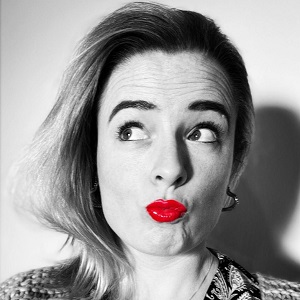
Project Coordinator
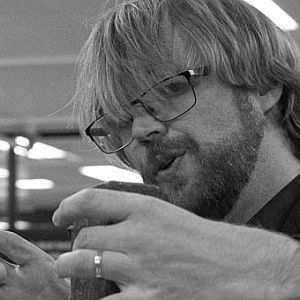
Curator Post-medieval and Modern Manuscripts
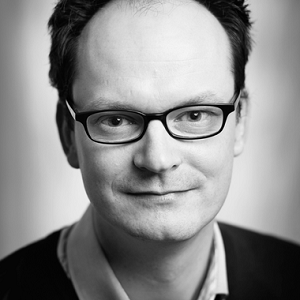
Steering Group Chairman
& Project Client
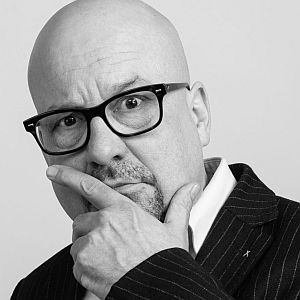
Project Manager
Open Digital Libraries for creative users 2020 – 2023


